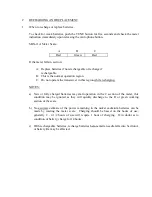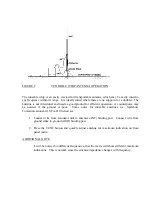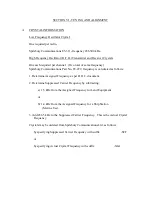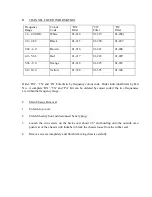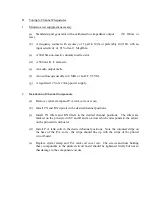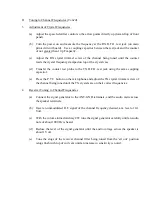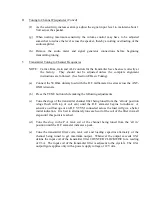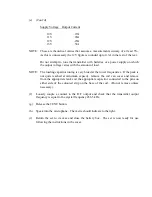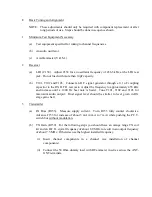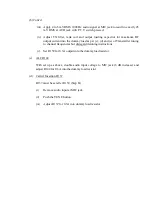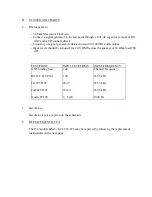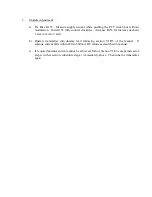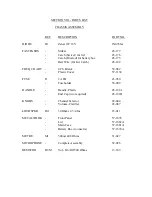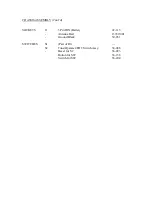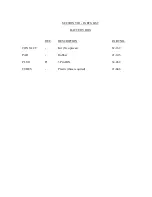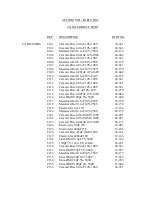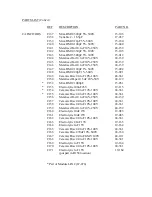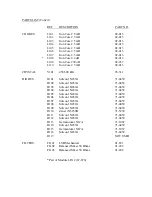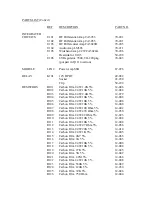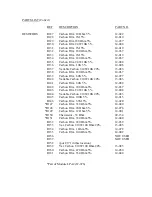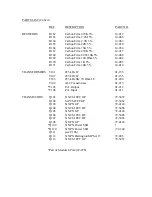
E.
Basic Tuning and Alignment
NOTE: These adjustments should only be required with component replacement or after
long periods of use. Steps should be done in sequence shown.
1.
Minimum Test Equipment Necessary
(a) Test equipment specified for tuning to channel frequencies.
(b) An audio oscillator.
(c) A milliammeter (V.O.M.)
2. Receiver
(a) LFO (C138). Adjust C138 for an oscillator frequency of 456.5 kHz at the LFO test
jack. Do not load with more than 10pF capacity.
(b) T101, T102 and T103. Connect an R.F. signal generator through a 0.1 uF coupling
capacitor to the RX H.F.O. test jack. Adjust the frequency to approximately 455 kHz
and increase until a 1000 Hz beat note is heard. Tune T101, T102 and T103 for
maximum audio output. Final signal level should be similar to level given in RX
stage gain chart.
3. Transmitter
(a) PA Bias (R153). Measure supply current. Turn R153 fully counter clockwise.
Advance F153 for increase of about 5 mA (4 mA to 7 mA) while pushing the P.T.T.
switch but without modulation.
(b) TX Gain (R159). For the following steps you should have an orange range TX coil
kit and an H.F.O. crystal frequency of about 8.0 MHz to result in an output frequency
of about 7.5 MHz. Otherwise use the highest installed frequency.
(i) Insert channel components in a channel (see installation of channel
components).
(ii) Connect the 50 Ohm dummy load with RF ammeter in series across the ANT-
GNT terminals.



